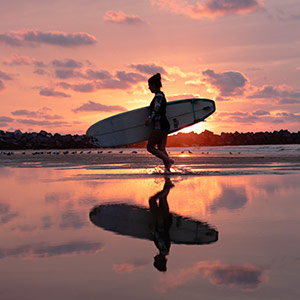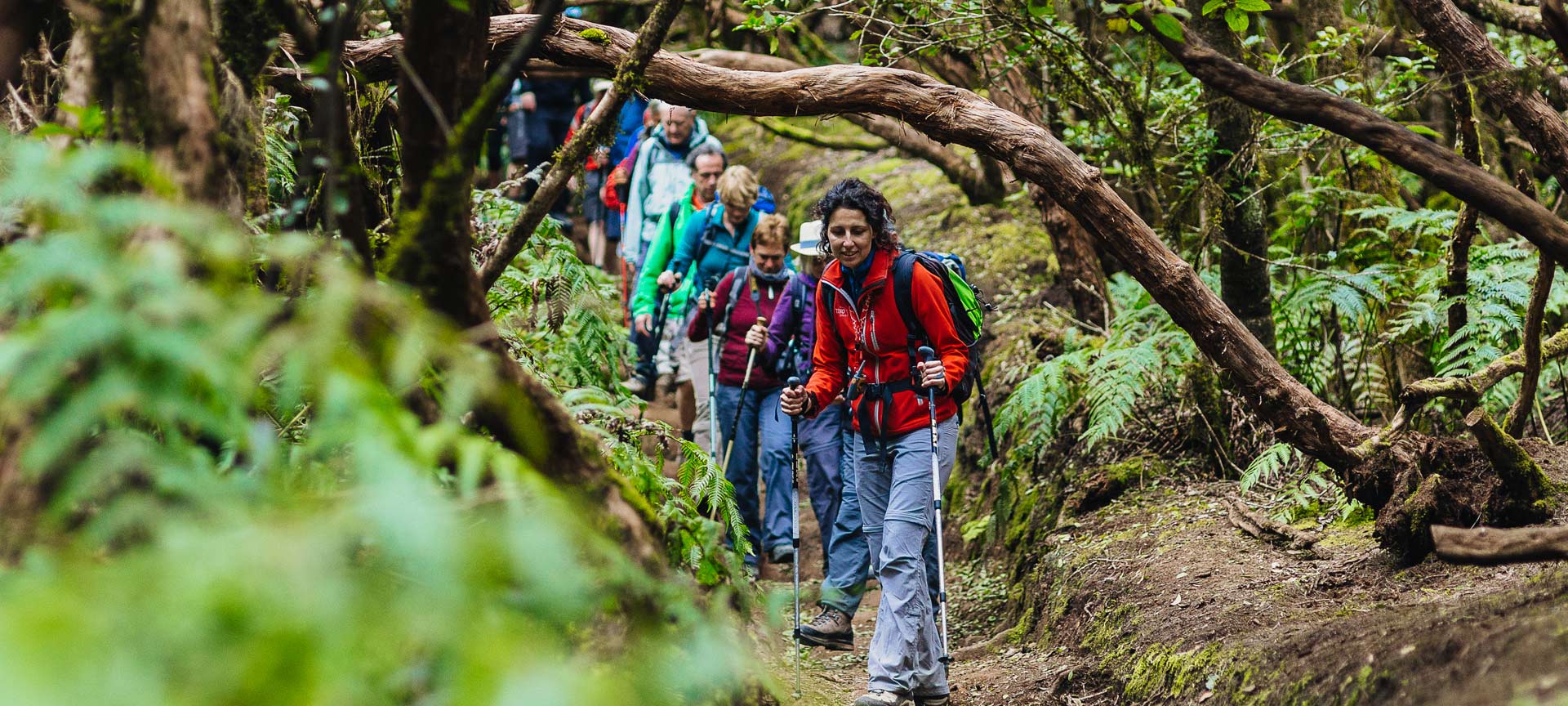
Hikers, 10 reasons to travel to Spain
Thousands of kilometres of signposted trails, landscapes of incredible contrasts and the fact that Spain has 16 National Parks make it the perfect place to go hiking . Here are 10 reasons why you have to visit if you love to hike. Lace up your favourite boots and set off on your adventure.
Debe activar Javascript para poder utilizar este servicio
-
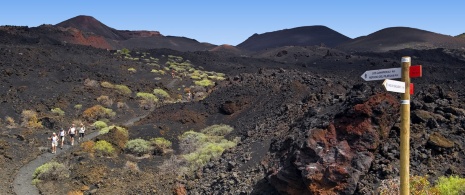
More than 60,000 kilometres of signposted paths
You will find GR (Long Distance) paths, which are over 50 kilometres long and have red and white signs. And you will also find PR (Short Distance) routes, between 10 and 50 kilometres long and with yellow and white signs. The local or SL paths are less than 10 kilometres long, have green and white signs, and are the most recommended option for hiking with children.
-
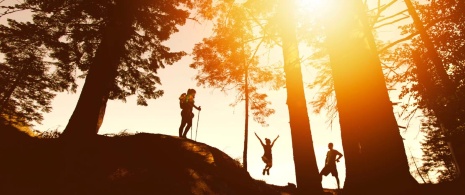
Mild temperatures
Did you know that some areas in Spain have more than 3,000 hours of sunshine a year and that in places like the Canary Islands the average annual temperature exceeds 20 degrees Celsius? Spain is known for its sun and good weather and this is an advantage for hiking all year round. Spring and autumn are the best seasons. In summer, temperatures are milder in mountainous areas. In winter, try to avoid the days when it snows in mountain areas.
-
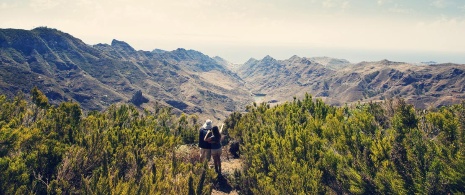
Good views are guaranteed...
Spain is one of the most mountainous countries in Europe and this allows you to enjoy spectacular panoramic views of natural surroundings. You can discover them on a day trekking around Cape Finisterre (or ancient ‘end of the known world’), in Galicia; on the volcano route on the island of La Palma (Canary Islands); on the dizzying Caminito del Rey (Malaga); on a tour along the summit of the island of Gran Canaria overlooking the neighbouring island of Tenerife; climbing to the castle in the Monfragüe National Park (Extremadura); looking out over the gorges of the Picos de Europa National Park (Asturias, Cantabria and Leon); looking for Lake San Mauricio in the Aigüestortes National Park (Lleida), and much more.
-
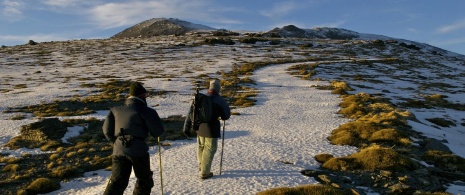
Protected nature
Spain has more Biosphere Reserves than any other country in the world. It also has 16 national parks. This is the highest Spanish distinction in nature conservation and guarantees perfectly cared for environments. All national parks and many biosphere reserves have marked trails, and many offer hiking guide services.
-
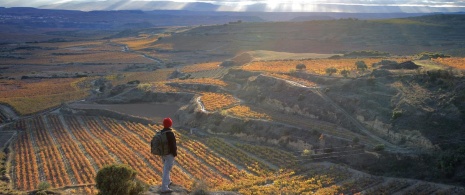
Unusual landscapes
From the volcanic nature of the Canary Islands to the extensive marshes of the Doñana National Park (Andalusia). From the impressive cliffs, such as the Cares route (Asturias and León) to the strange, almost magical desert shapes in Bardenas Reales (Navarre). From forests with artistic sculptures like the Parque Natural La Batuecas-Sierra de Francia (Salamanca) to itineraries along what was the great road of the Roman Empire (Vía de la Plata). From places where you can witness the bellowing of the deer (for example, in the mountains of Toledo or the Sierra de la Culebra de Zamora), to spaces where you can discover flora that is only found in places like the Pyrenees or Teide (the highest mount in Spain, found in Tenerife).
-
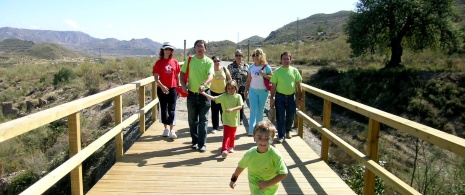
Railways and livestock paths reconverted into nature hikes
These are true examples of sustainability and give you the opportunity to enjoy old paths reconverted into nature trails, free from motor vehicles. The Vías Verdes (Greenways) are unused railway lines that have become ideal routes for hiking and cycling tourism. In general, they are simple and easily accessible. Likewise, the so-called Natural Trails comprise around 10,000 kilometres of canals, paths and livestock trails, set up as paths to facilitate contact with the rural environment.
-

The Way of St James, the great pilgrim route
This is the most international route in Spain and is visited by thousands of tourists from all over the world every year. The Camino de Santiago is one of the main attractions of northern Spain, and its relevance goes beyond its religious significance. Its route passes through charming destinations where you can taste the popular gastronomy of the north. It also gives you the opportunity to visit several World Heritage monuments. The Camino has two very popular routes: the French Way (an inland route from the Pyrenees to Santiago de Compostela) and the Northern Way (the version that runs next to the Cantabrian Sea). It is perfect for enjoying with the whole family.
-
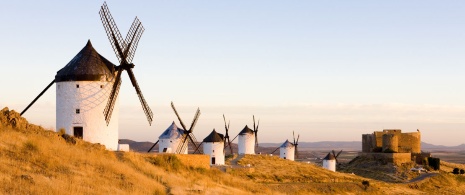
Hiking routes around culture
Combining nature, culture and hiking in Spain is very easy. Aside from The Way of St James, Spain has many other routes associated with culture. For example, the GR 100 corresponds to the Vía de la Plata, which was once the main communication route of the Roman Empire in Spain. You will also find numerous signposted paths to discover attractions such as the Romanesque architecture of Palencia, the pre-Romanesque art of Asturias, the Romanesque churches of Vall del Boí (Catalonia), the monasteries of the Ribeira Sacra (in Galicia), the castles and fortresses of Jaén (Andalusia), the windmills of Castilla-La Mancha, the talayots of Menorca...
-
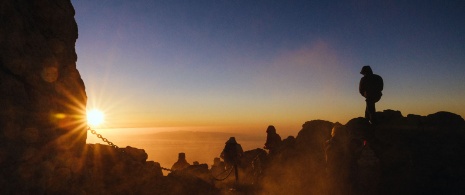
Hiking festivals
These are festivals focused around hiking, and are becoming more and more frequent in Spain. Guided itineraries, outings into nature with the family and activities related to local culture and gastronomy are all organised. The La Palma and Gran Canaria, held between September and October, are very popular festivals of the Canary Islands. The “Marbella 4Days Walking” festival is another of the most popular and takes place every October. The Catalan Pyrenees have been holding festivals such as the “Vall de Boí Trek” and the “Val d'Aran Walking Festival” (in October and July, respectively) for several years.
-
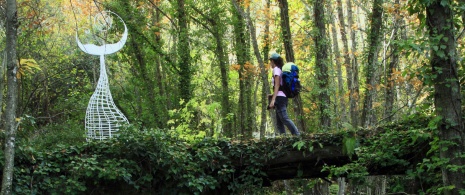
Wide range of accommodation and rural tourism
If you are interested in enjoying a few days of hiking in Spain, you will easily find accommodation to suit your needs. If special places in natural surroundings appeal, you will find numerous rural houses and hotels to choose from. Another option could be the Paradores, with accommodation in the Pyrenees or in the areas of the national parks of Doñana, Picos de Europa, Monfragüe or Tablas de Daimiel. If you are looking for cheaper options, there is a wide range of campsites and hostels in rural areas. If you are planning on doing The Way of St James, its pilgrim hostels are a good option.















